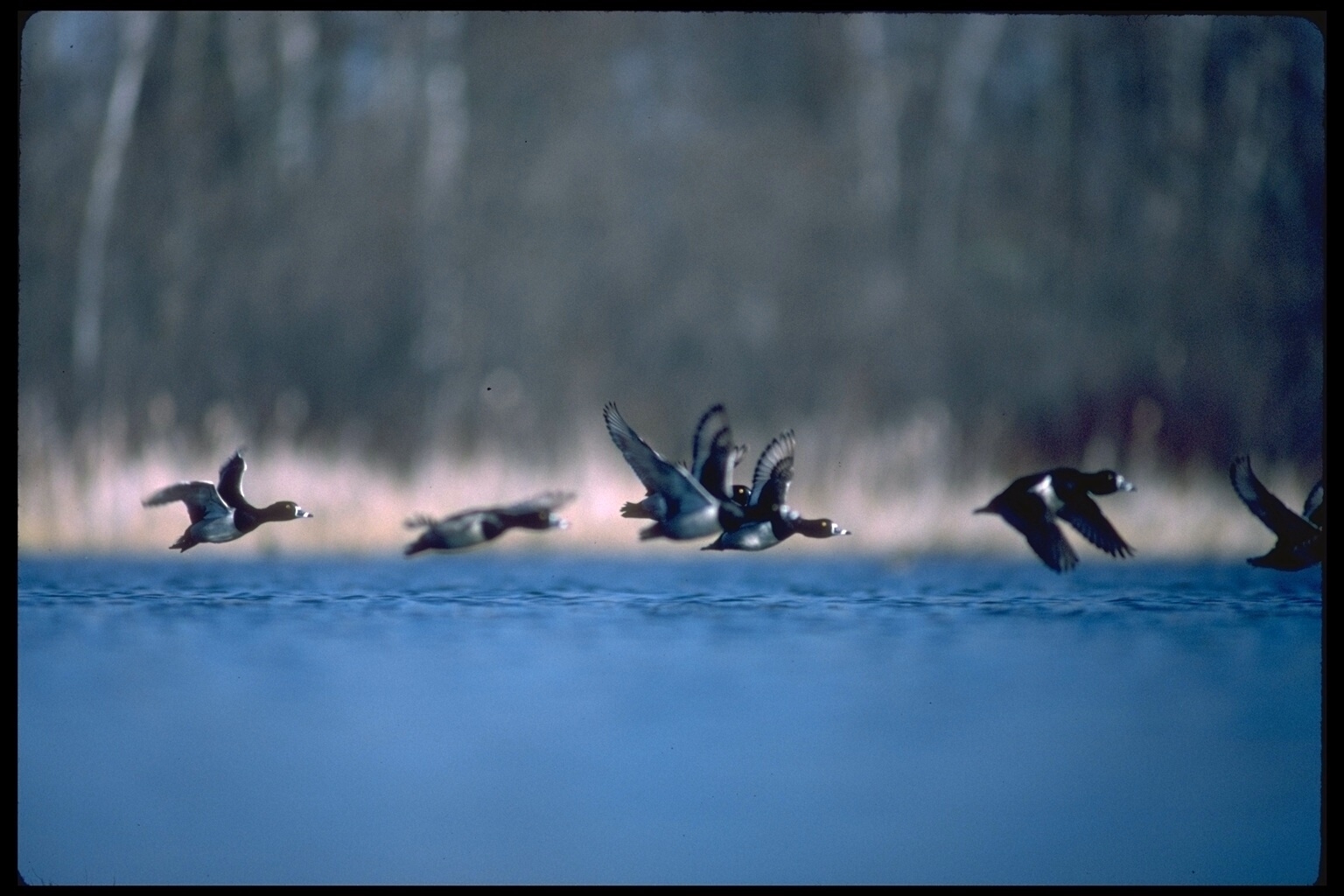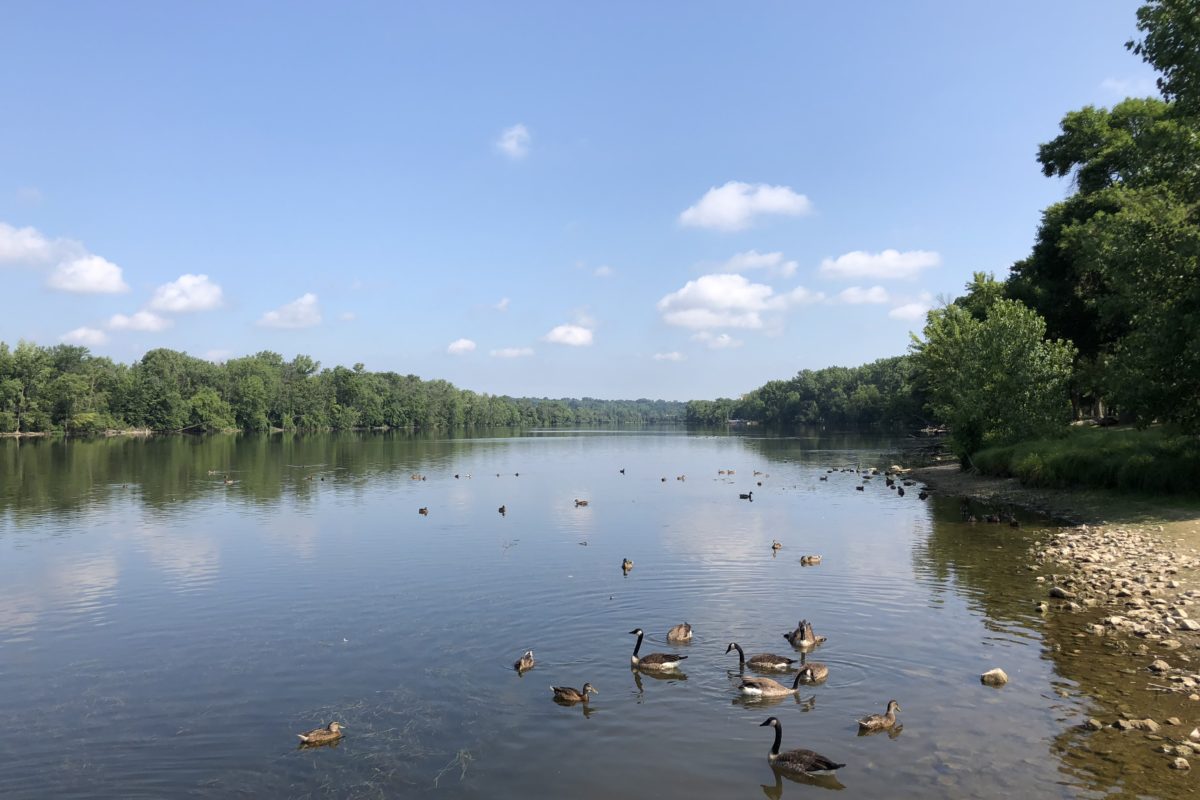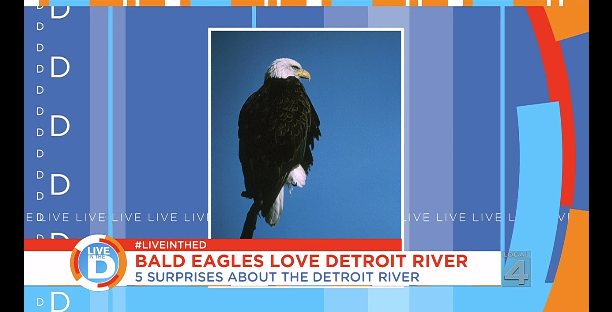Like the city that shares its name, the Detroit River is back, and in a big way. So big, in fact, that a portion of it has become a place unlike any other on the continent: the Detroit River International Wildlife Refuge.
“When most people think about Detroit, they think about automobiles, music like Motown and Techno, and professional sports,” said John Hartig, former manager of the refuge. “But they don’t think of continentally significant natural resources.”

Not too very long ago, many thought that nothing could be done to restore the Detroit River. Hartig recognizes how polluted the waterway was, and how far it has come. “The cleanup of the Detroit River represents one of the single most remarkable ecological recovery stories in North America,” he said. “We were nothing but a polluted river in the Rust Belt. Now we have 350 different species of birds. We have 8 million walleye that migrate through the Detroit River each spring. We have 113 species of fish including the state threatened Lake Sturgeon. And we’re making it better every year.”
Although it is still designated an “Area of Concern” by the U.S. Environmental Protection Agency and Michigan Department of Environmental Quality, even environmentalists agree that the Detroit River has come a long way in recent decades thanks to the combined efforts of federal, state and local agencies, as well as private organizations.
“The Detroit River’s comeback is a true success story and a great example of ensuring that our wildlife and natural resources can continue to be enjoyed for future generations,” said Matt Pedigo, chair of the Michigan Wildlife Council.
The Michigan Wildlife Council was created in 2013 to increase public knowledge of the importance of wildlife management and conservation, as well as the positive impact fishing and hunting have on Michigan’s wildlife and natural resources.
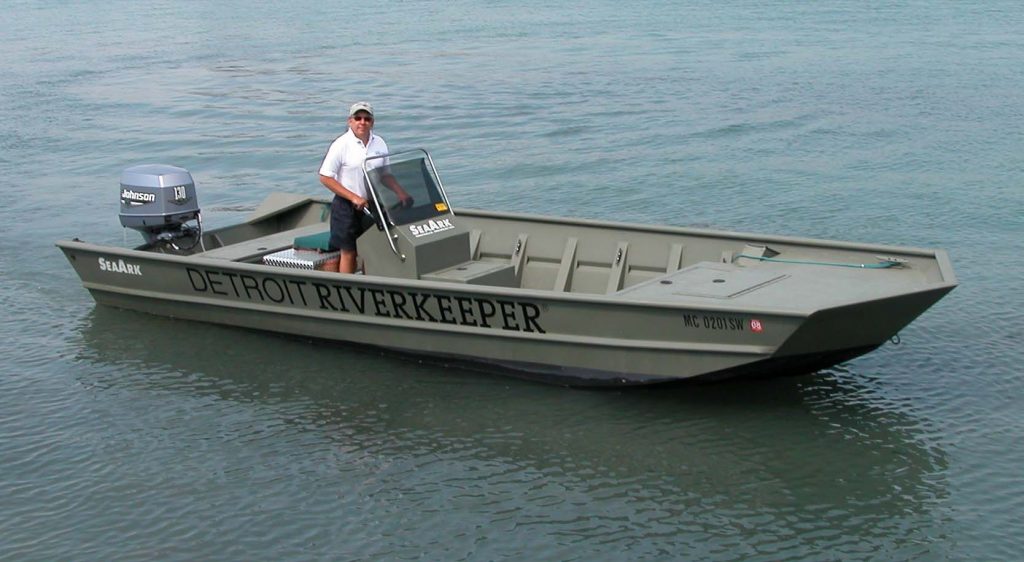
During the 1960s, the Detroit River was one of the most polluted rivers in North America. But public concern and outcry led to enactment of many environmental laws that triggered considerable industrial and municipal pollution prevention and control.
Experts agree that the efforts made on the Detroit River in recent decades to conserve, protect and enhance the habitat have resulted in much of what we now enjoy.
Today, the diversity of wildlife and fish is among the highest in all of the Great Lakes. Bald eagles, peregrine falcons, osprey, lake sturgeon and lake whitefish are reproducing again, beavers are back, common terns have returned to Belle Isle, and the Detroit River has gained recognition as part of the “Walleye Capital of the World.”
The continental value of the refuge is made even greater because it lies at the intersection of the Mississippi and Atlantic flyways, bringing an estimated three million waterfowl through this area as the birds migrate each year.
The Detroit River is also a major migration corridor for songbirds, raptors, butterflies and fish. In addition, it serves as the year-round home for many species of fish and waterfowl, and approximately 150 species of birds nest near the river.
Soon the refuge will offer educational and interpretive displays and programs at the visitor center, which is under construction. “Our goal is to get everyone excited about Michigan’s outdoors, conservation and get them in nature, so they can experience what our great state has to offer,” said Jennie Braatz, park ranger naturalist at the refuge. She added that visitors will be able to borrow birding books, backpacks, snowshoes and fishing poles for their nature treks. “This urban refuge is extremely unique. We can’t wait to show it off,” she added.
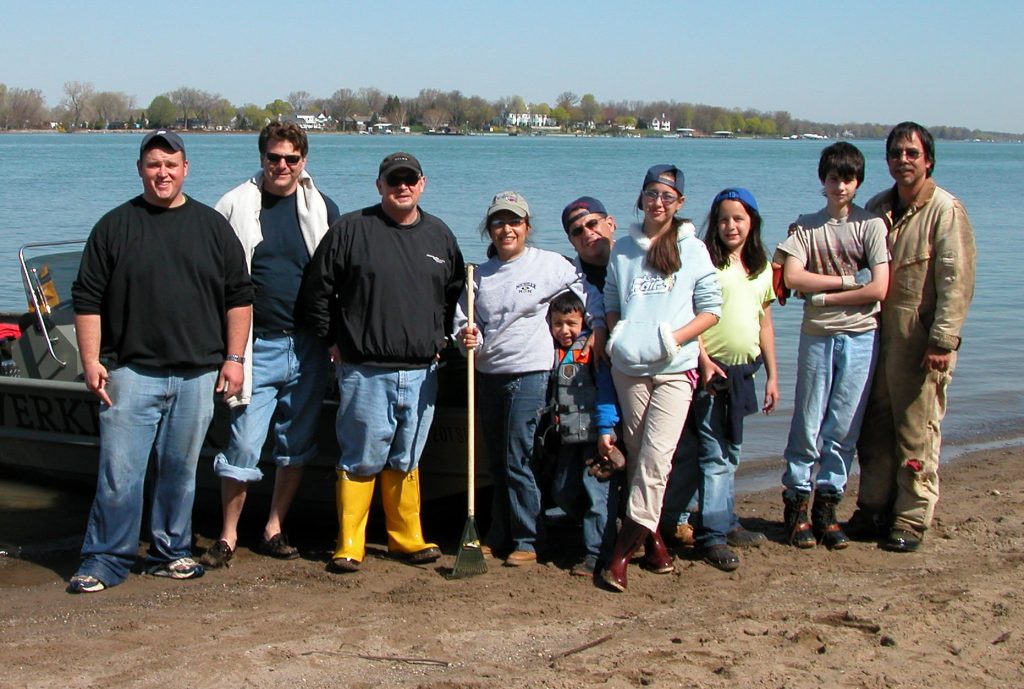
A little help from its friends
The Friends of the Detroit River (FDR) is one of the citizen advocacy groups dedicated to improving the quality of life for people, plants and animals in southeast Michigan and southwest Ontario.
In 2003, FDR formed the Detroit Riverkeeper Program, a nonprofit citizen action group organized to protect, preserve and restore the ecological integrity of the Detroit River Watershed.
Bob Burns, a lifelong resident along the Detroit River, was appointed as the first Detroit Riverkeeper. Burns grew up hunting, fishing, camping and exploring the many islands, marshlands and man-made dikes that make up the lower Detroit River. As an adult, he undertook a career in marine construction and engineering and has been involved in many projects up and down the river, as well as other waters of the Great Lakes.
Burns said Detroit is making many positive changes to reverse decades of abuse.
Old industrial sites and brownfield areas along the river are being redeveloped into parks, greenways and golf courses, allowing more public access. New residential and commercial developments, providing upscale housing and new jobs have also appeared on these sites, and local companies are investing in ways to produce their products more efficiently and with fewer emissions.
With the resulting cleaner air and water conditions, recreational activities have also flourished. Boating, hunting, sport fishing and other outdoor pursuits are growing in popularity.
“In many ways, it’s like the city of Detroit: Where there’s a will, there’s a way,” Burns said. “We’re really seeing improvements, things are getting much better, but we still have a ways to go.”
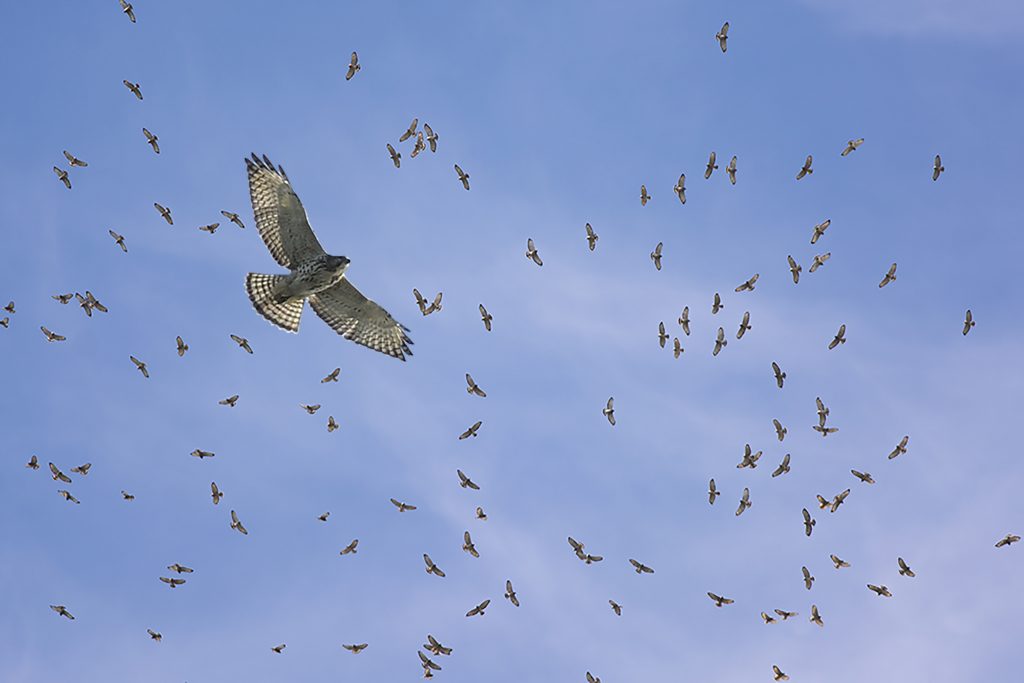
From polluted river to International Wildlife Refuge
A look back at the not too distant past offers every reason to believe that through collaboration, cooperation and continuing stewardship, the remaining obstacles can be overcome.
Just a few decades ago, the existence of a wildlife refuge in what was a polluted industrial area would have seemed impossible. But in 2001, U.S. and Canadian politicians, conservationists and local communities envisioned a better future and established a wide-ranging collaborative partnership to save the Detroit River, which forms part of the boundary between the United States and Canada and links Lake St. Clair to the north with Lake Erie to the south. Because both nations participated in this effort, the area was designated an international refuge.
Located along the lower Detroit River and western shoreline of Lake Erie just 20 miles south of Detroit, the Detroit River International Wildlife Refuge now comprises over 6,100 acres and includes diverse habitat among its islands, coastal wetlands, marshes, shoals and waterfront lands. The 19 units within the refuge provide opportunities for birding, hiking, kayaking, fishing and, in designated areas, waterfowl hunting. The refuge also partners with Michigan Department of Natural Resources on 7,900 acres of land and with Essex Region Conservation Authority and the City of Windsor on another nearly 4,800 acres. In total, over 18,700 acres of land in southeast Michigan and southwest Ontario are devoted to conservation and outdoor recreation.
Hartig points out that because a portion of Michigan’s hunting and fishing license fees are dedicated to purchasing and restoring lands like the Detroit River and the Detroit River International Wildlife Refuge, the people who buy those licenses actually helped make the refuge a reality. “We wouldn’t be standing here [at the refuge] today unless we had those revenues from hunters and fishermen,” he says.
In fact, the Dingell-Johnson Act, enacted in 1950 by congressman John Dingell of Detroit and senator Edwin Johnson of Colorado, created the Sport Fishing Restoration Program. This program, funded through a portion of sales on fishing equipment such as rods and reels, line, hooks, sinkers, and the like, provides grant funds to states and other agencies for conservation projects, boating access and aquatic education.
The refuge is actively managed to support an abundance of wildlife. Industry, governmental agencies, municipalities and nonprofit organizations work daily to return grasslands, wetlands and shorelines to a healthy condition. Nature trails are perfect for catching glimpses of migratory birds, beaver, butterflies and more.
“We’re like a biodiversity hot spot in the industrial heartland,” said Hartig. “What we see today because of pollution prevention, pollution control and active stewardship and management is one of the single most remarkable comebacks in North America.
“And it’s in our backyard.”
To learn more about the Detroit River’s comeback, watch this video:
